(NLDO) - What scientists always expect from distant alien worlds may exist right on the Moon, the place that has made them "lost".
For a long time, most astronomers believed that Earth's only natural satellite - the ancient celestial body called the Moon - was just a quiet rock.
Evidence from “lunar sea” regions—a long-standing misnomer for dark, flat volcanic basins filled with solidified lava—suggests that the moon was significantly compressed in the distant past.
Among them, the large, curved ridges on the near side of the Moon, the side seen by Earthlings, were formed by a contraction that occurred billions of years ago.
This leads to the argument that the Moon has long been geologically inactive.
However, a new study reveals that what lies beneath the Moon's surface may be more dynamic than we previously thought, according to Sci-News.
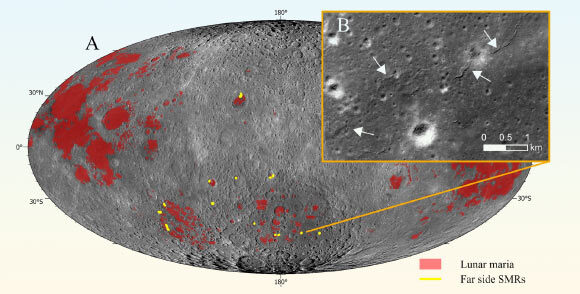
New evidence from the far side of the Moon suggests the celestial body is not yet "dead" - Photo: SMITHSONIAN Institute
A research team led by Dr Jaclyn Clark from the University of Maryland has discovered 266 previously unknown ridges on the far side of the Moon.
More interestingly, they are significantly younger than previously studied ridges on the near side.
Thus, the belief that the Moon became quiescent 2.5-3 billion years ago may have been "misguided".
“We found that these tectonic landforms have been active for the past billion years and may still be active today,” Dr Clark said.
These small ridges appear to have formed within the last 200 million years, which is "relatively recent" geologically, when comparing the ridges they form with other surrounding topographic features.
This is reflected in the fact that very few impact craters exist in these “young” regions, because they have not existed long enough to be heavily pockmarked by bombardment from space.
The authors also note that the ridges on the far side have a similar structure to those on the near side of the Moon, suggesting that both are created by the same force, possibly a combination of the gradual shrinkage of the Moon and the shifting of the Moon's orbit.
“We hope that future missions to the Moon will include tools such as ground-penetrating radar so that researchers can better understand the structures beneath the Moon's surface,” said Dr Clark.
According to him, knowing that the Moon is still geologically active in the near future and may still be active has great significance for future plans to explore this celestial body.
It's too early to tell what the Moon's possible geological activity might mean.
However, on Earth, geological activity is one of the necessary factors to stabilize the planet's environment, helping life to be born and survive for a long time. Therefore, scientists always expect to find evidence of geological activity on other celestial bodies.
Source: https://nld.com.vn/mat-trang-cua-trai-dat-song-day-gan-day-196250204094152625.htm





![[Photo] Phuc Tho mulberry season – Sweet fruit from green agriculture](https://vstatic.vietnam.vn/vietnam/resource/IMAGE/2025/4/10/1710a51d63c84a5a92de1b9b4caaf3e5)
![[Photo] Prime Minister Pham Minh Chinh chairs meeting to discuss tax solutions for Vietnam's import and export goods](https://vstatic.vietnam.vn/vietnam/resource/IMAGE/2025/4/10/19b9ed81ca2940b79fb8a0b9ccef539a)

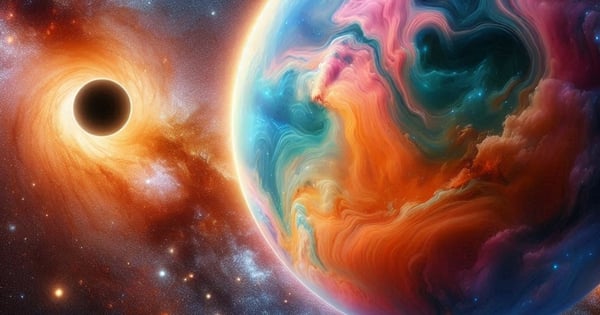
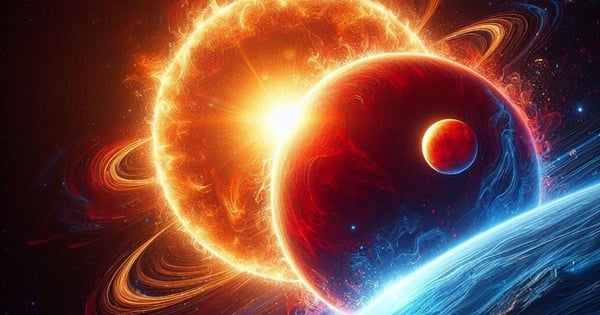
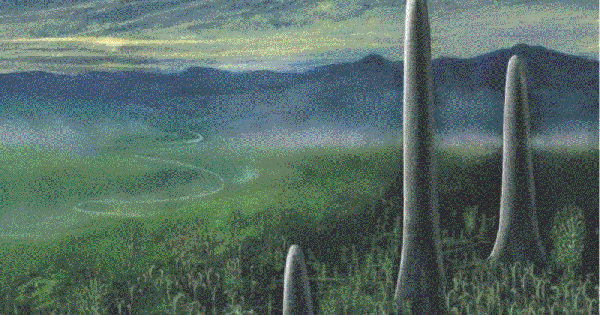
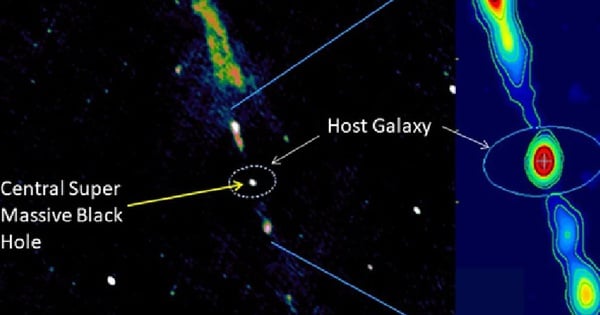
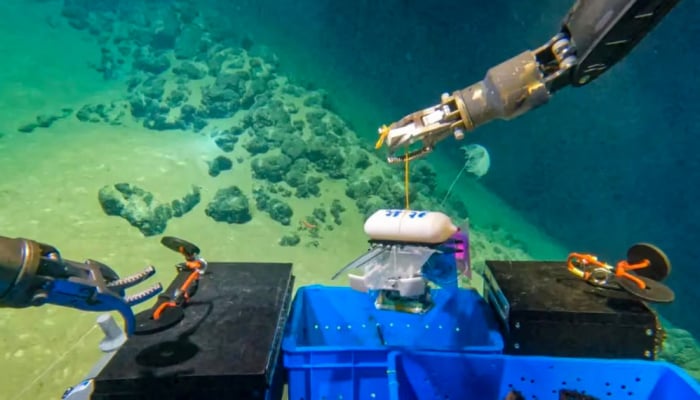

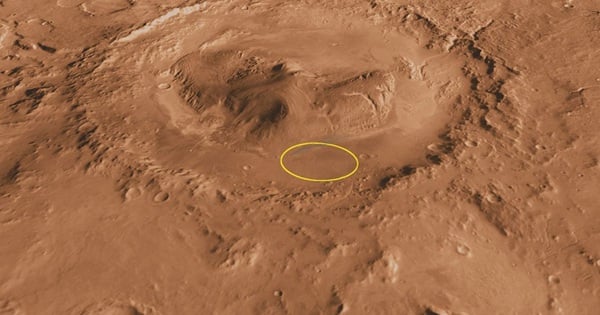





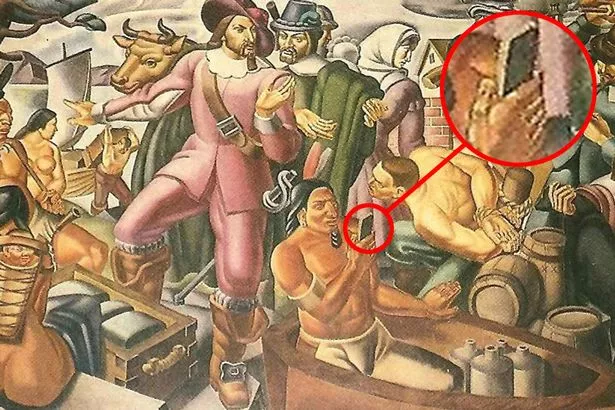










![[Photo] Unique folk games at Chuong Village Festival](https://vstatic.vietnam.vn/vietnam/resource/IMAGE/2025/4/10/cff805a06fdd443b9474c017f98075a4)
















































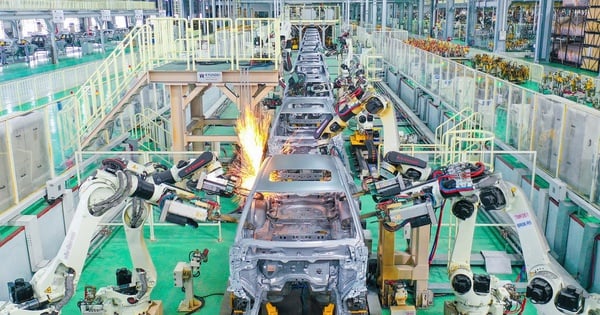

















Comment (0)